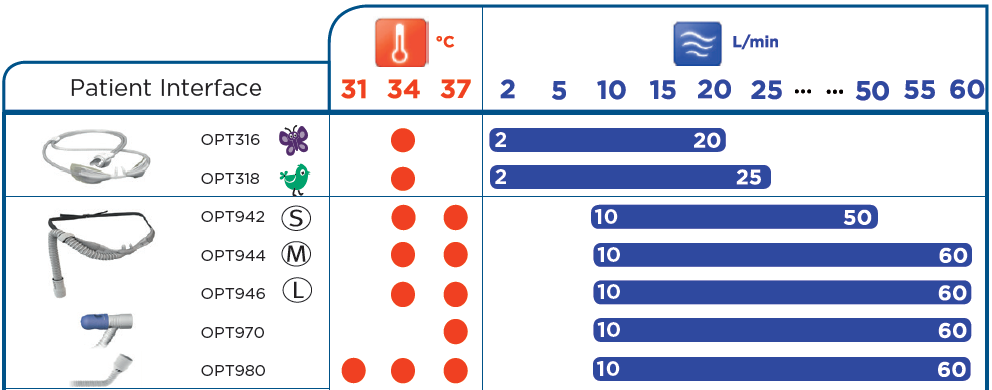oxygen flow rate for pneumonia
DENNIS ITUMBI RUSHED TO ICU AFTER DEVELOPING PNEUMONIA LEADING TO LOW OXYGEN LEVELS These patients can be safely treated at home with antibiotics as long as they watch their symptoms. Supplemental oxygen delivers to the lungs air that is 99 pure oxygen versus the air we normally breathe made up of about 20 oxygen.

Assessment Of Pulmonary Arterial Circulation 3 Months After Hospitalization For Sars Cov 2 Pneumonia Dual Energy Ct Dect Angiographic Study In 55 Patients Eclinicalmedicine
At low oxygen flow rates.

. The optimal oxygen saturation SpO 2 in adults with COVID-19 who are receiving supplemental oxygen is unknown. A bluish tinge to your fingernails or lips a sign. At low oxygen flow rates.
This study aimed to investigate the value of high-flow nasal cannula HNFC oxygen therapy in treating patients with severe novel coronavirus pneumonia COVID-19. 70 PaO 2 37 mmHg in patients who have had cardiac surgery of their congenital cyanotic heart disease. This includes a high-flow nasal cannula a high-flow source with systems regulating the flow and the FiO 2 a humidifier system and heated tubing.
This conserver produces an operating pressure range of 500-3000 psi and allows patients to ambulate longer than with a continuous flow regulator on the same cylinder. The normal flow rate of oxygen is usually six to 10 litres per minute and provides a concentration of oxygen between 40-60. The rate of intubation among 99 patients given high-flow oxygen was 343 compared with 510 among the 100 patients assigned to conventional oxygen therapy hazard ratio HR 062.
However the effectiveness of oxygen therapy as a treatment for pneumonia is not well known. Keep in mind its also very important for you to reset the LPM to approximately 15 to 2 liters per minute after two people have been using it together and then only one person is going to be using it again. Any other changes to your normal breathing patterns.
Oxygen therapy is widely used in the treatment of lung diseases. Up to 100 humidified oxygen can be delivered at a high flow rate up to 60 Lmin that meets inspiration flow rates minimizing room air entrainment. It eliminates wastage and maximizes oxygen for pneumonia patients.
Total oxygen volume peak patient load and hours. The heart rate HR respiratory rate RR and oxygenation index PO 2 FiO 2 at 0 6 24 and 72 hours after treatment were. The flow rate is how many liters of oxygen per minute your device delivers.
The clinical data of 22 patients with severe COVID-19 were collected. Oxygen therapy is widely used in the treatment of lung diseases. 94 - 98 PaO 2 between 80 and 100 mmHg in patients without cyanotic congenital heart disease or chronic lung disease.
To determine the effectiveness and safety of oxygen therapy in the treatment of pneumonia in adults older than 18 years. Up to 100 humidified oxygen can be delivered at a high flow rate up to 60 Lmin that meets inspiration flow rates minimizing room air entrainment. Treatment for pneumonia includes antibiotics rest fluids.
This gives the user peace of mind knowing that their supplemental oxygen therapy for pneumonia is always spot on. At low oxygen flow rates. These parameters were varied over a wide range of values to generate simulation results for different settings.
A flow rate of 2 liters per minute increases the FiO2 from 21 percent room air to. NHF is most commonly used oxygenating patients with severe acute respiratory failure from medical conditions such as pneumonia or bronchiolitis in children. Despite an initial blood oxygen saturation of 94 this patients oxygen flow rate was increased from 2 to 4 Lmin.
She was given appropriate therapies and with her mild illness was expected to be discharged the following day. For 2 people using the machine simultaneously youd want the setting for liters per minute to be approximately 3 to 4 LPM. The optimal oxygen saturation SpO 2 in adults with COVID-19 who are receiving supplemental oxygen is unknown.
However a target SpO 2 of 92 to 96 seems logical considering that indirect evidence from patients without COVID-19 suggests that an SpO 2 of 96 may be harmful. Pneumonia With Oxygen Levels Above 95 As Measured By A Pulse Ox BREAKING. 60 PaO 2 32mmHg in unrepaired congenital cyanotic heart disease.
Annual pneumonia admission rate hypoxaemia prevalence degree of seasonality treatment duration and oxygen flow rate. For example patients commonly use a flow rate of 2 liters per minute but the flow rate varies by each patients needs. Green or yellow phlegm indicating the need for antibiotics.
If the patient shows desaturation less than 88 for prolonged periods of time oxygen delivery can be increased by using a non-rebreathing mask. In many cases pneumonia patients whose symptoms are not life-threatening would be candidates to receive oxygen via an oxygen concentrator which is less expensive than a tank or cylinder. Any other changes to your normal breathing patterns.
5 This system provides high-flow 30 to 60 LPM oxygen that is heated to body temperature 37 o C and is fully saturated 100 relative humidity with minimal or no rainout in the tubing. The patient was admitted with a diagnosis of community-acquired pneumonia and a COPD exacerbation. The provider sets the flow rate and Fi02.
The model is based on five key factors affecting oxygen demand. Goal of Oxygenation. Flow rates can be titrated using pulse oximetry monitoring targeting an arterial oxygen content SpO2 greater than 88 which is a much more liberal target than in other causes of pneumonia.
Low flow masksA concentration of up to 60 can be achieved with moderate oxygen flow rates 6-10 lmin and these masks are used mainly in type I respiratory failure for example pulmonary oedema pulmonary embolus. Oxygen Flow Rate For Pneumonia admin October 4 2021 flower Supplemental oxygen delivers to the lungs air that is 99 pure oxygen versus the air we normally breathe made up of about 20 oxygen. Treatment for pneumonia includes antibiotics rest fluids.
The median time to recovery in the two groups was 11 vs 14 days HR 139.

Pneumonia Bipap Secretions And Hfnc New Lessons From Florali

Pneumonia Bipap Secretions And Hfnc New Lessons From Florali
Clinical Guidelines Nursing Oxygen Delivery

High Flow Oxygen Through Nasal Cannula In Acute Hypoxemic Respiratory Failure Nejm
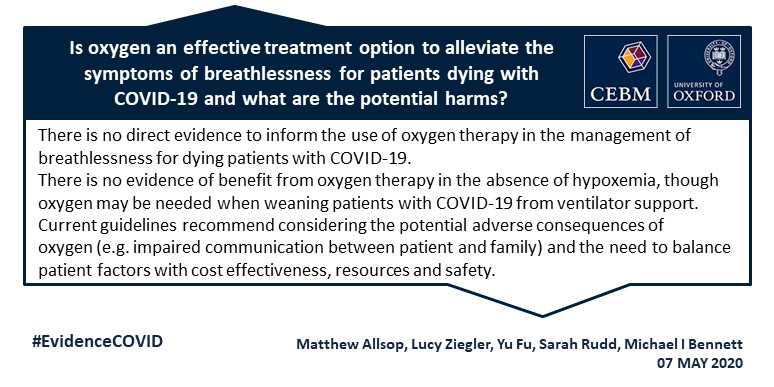
Is Oxygen An Effective Treatment Option To Alleviate The Symptoms Of Breathlessness For Patients Dying With Covid 19 And What Are The Potential Harms The Centre For Evidence Based Medicine
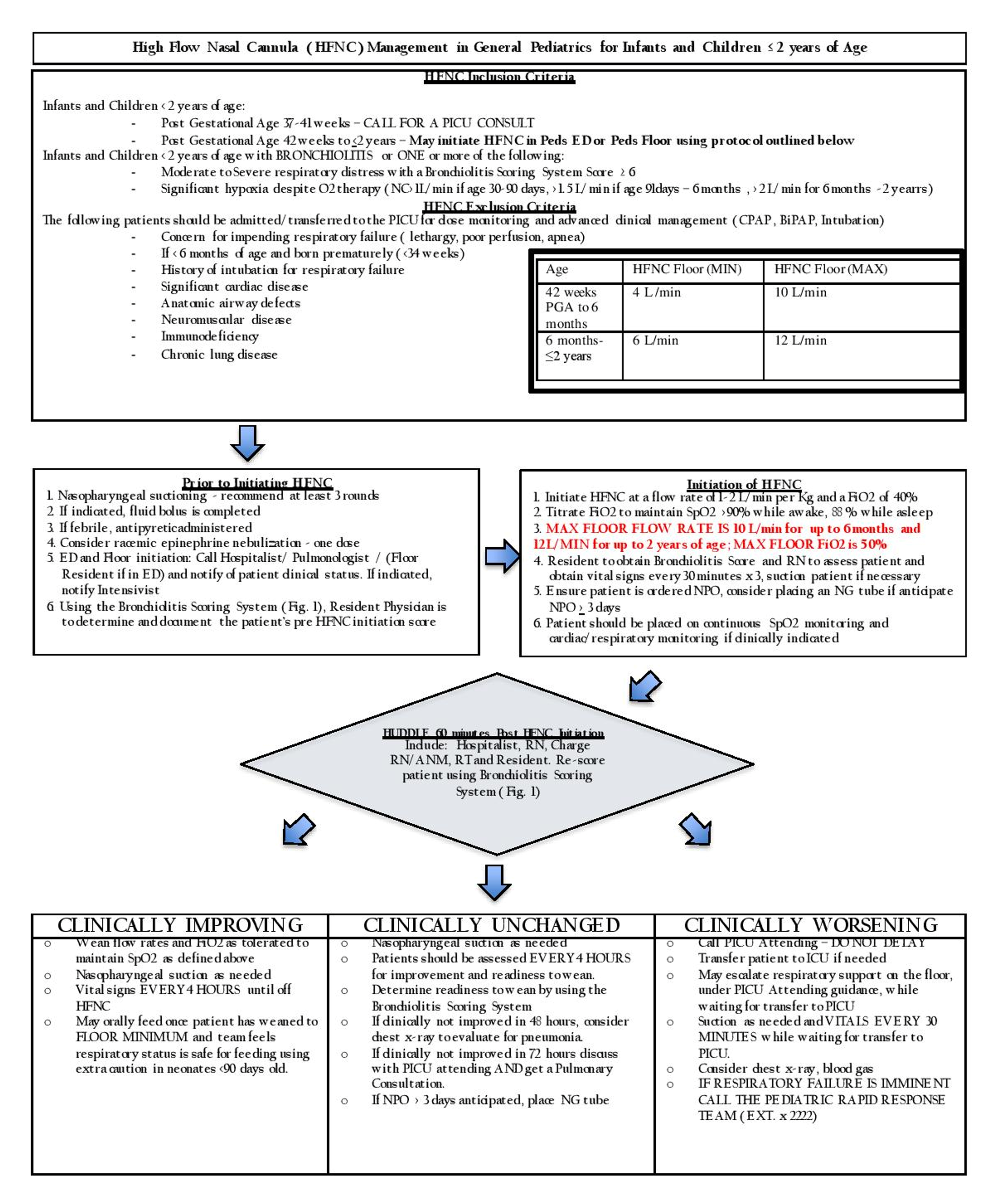
Cureus The Use Of High Flow Nasal Cannula And The Timing Of Safe Feeding In Children With Bronchiolitis
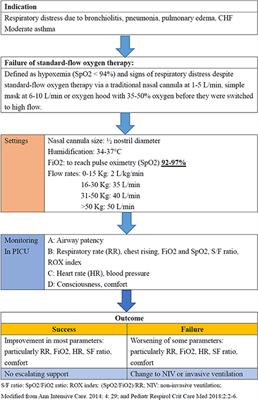
Frontiers High Flow Nasal Cannula Therapy In Children With Acute Respiratory Distress With Hypoxia In A Pediatric Intensive Care Unit A Single Center Experience Pediatrics
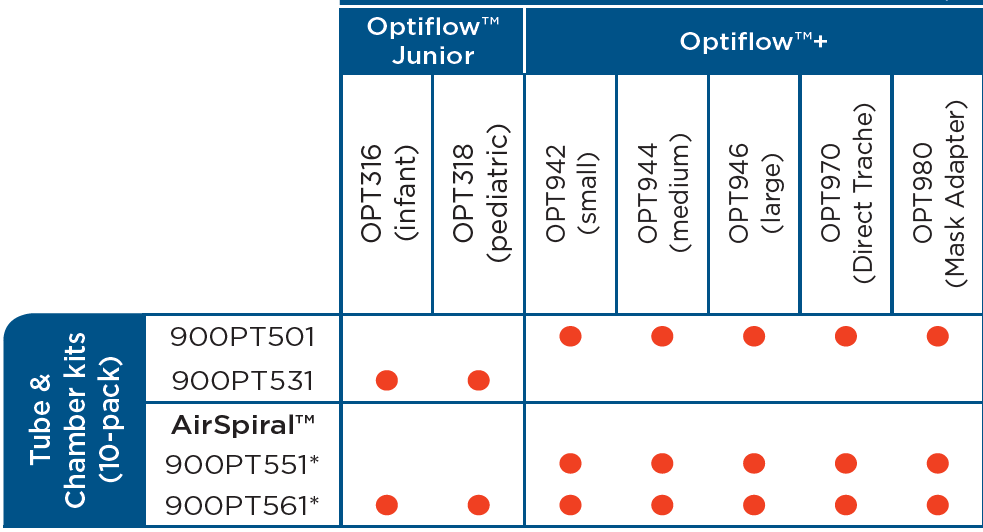
Clinical Guidelines Nursing Oxygen Delivery

Characteristics And Outcomes Of Asthmatic Patients With Covid 19 Pneumonia Who Require Hospitalisation European Respiratory Society
Oxygen Provision To Severely Ill Covid 19 Patients At The Peak Of The 2020 Pandemic In A Swedish District Hospital

High Flow Nasal Oxygen A Safe Efficient Treatment For Covid 19 Patients Not In An Icu European Respiratory Society

High Flow Nasal Cannula Versus Conventional Oxygen Therapy In Emergency Department Patients With Cardiogenic Pulmonary Edema A Randomized Controlled Trial Annals Of Emergency Medicine
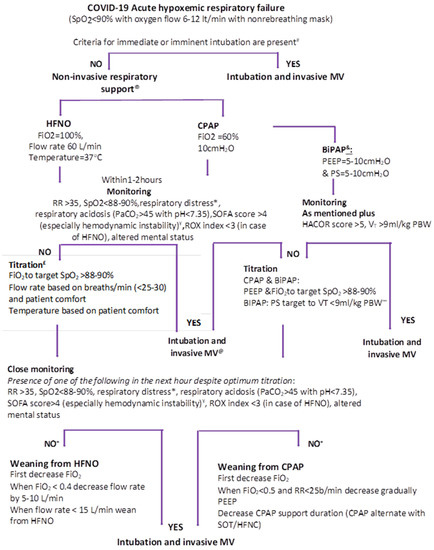
Jpm Free Full Text The Role Of Noninvasive Respiratory Management In Patients With Severe Covid 19 Pneumonia Html
Respiratory Support For Acute Intensive Care Clinician S Brief

Non Invasive Respiratory Support In The Treatment Of Acute Hypoxemic Respiratory Failure Secondary To Covid 19 Related Pneumonia European Journal Of Internal Medicine

High Flow Noninvasive Ventilation And Awake Nonintubation Proning In Patients With Coronavirus Disease 2019 With Respiratory Failure Chest

Pneumonia Bipap Secretions And Hfnc New Lessons From Florali

